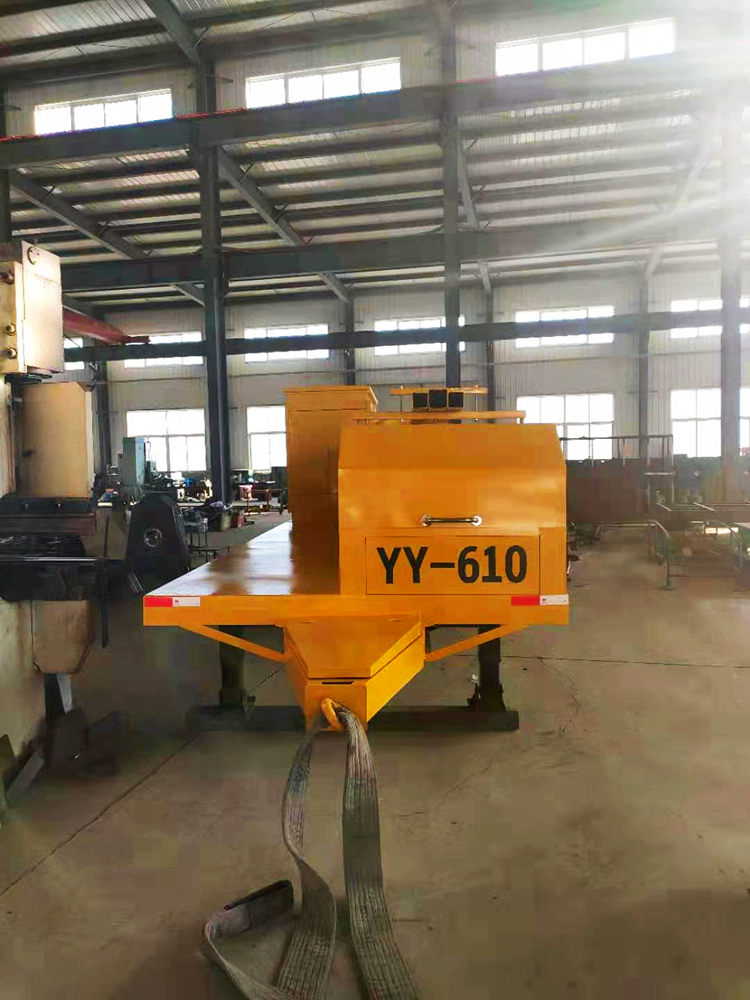
The Evolution and Importance of Color Steel Rain Pipe Roll Forming Machines
In the realm of modern construction and architecture, aesthetic appeal often goes hand in hand with functionality. One essential component that serves both purposes is the rain pipe, designed to efficiently channel rainwater and protect buildings from water damage. Among the various manufacturing techniques for these pipes, the color steel rain pipe roll forming machine stands out due to its efficiency, precision, and versatility.
What is Roll Forming?
Roll forming is a continuous bending process in which a long strip of sheet metal, typically of uniform cross-section, passes through a series of rollers. As the metal progresses through each roller station, it is gradually shaped into the desired profile. This process is particularly well-suited for producing metal components in high volumes, allowing for consistent quality and dimensional accuracy.
The Role of Color Steel in Construction
Color steel, or coated steel, is a popular choice in construction materials due to its durability and aesthetic qualities. This material is made by applying a layer of colored paint or coating over a base steel sheet, providing both a visual appeal and a protective barrier against corrosion. The various finishes available in color steel not only enhance the architectural look of buildings but also ensure a longer lifespan, reducing maintenance costs and environmental impact.
Advantages of Color Steel Rain Pipe Roll Forming Machines
1. Efficiency and Speed The roll forming process is highly efficient, capable of producing large volumes of rain pipes in a short period. This efficiency translates to reduced production costs and faster project timelines.

2. Customization One of the standout features of modern roll forming machines is their ability to create customized profiles according to specific design requirements. Whether a client needs a particular diameter, length, or curvature, these machines can accommodate a range of specifications.
3. Quality Control Advanced roll forming machines are equipped with technology that ensures uniformity and consistency throughout the production process. Systematic inspections and quality checks can be integrated, delivering products that meet high industry standards.
4. Reduced Material Waste The precision inherent in roll forming minimizes scrap material, making it a more sustainable option compared to traditional cutting methods. By optimizing material usage, manufacturers contribute to both cost savings and environmental preservation.
5. Versatility Beyond rain pipes, color steel roll forming machines are capable of producing a variety of other profiles and components, including gutters, roofing sheets, and wall panels. This versatility makes them a valuable asset for manufacturers in the construction sector.
The Future of Color Steel Rain Pipe Roll Forming Machines
As technology continues to evolve, the capabilities of roll forming machines are expected to expand. Innovations such as automation, artificial intelligence, and advanced materials are set to enhance operational efficiency, improve product quality, and reduce production times even further. Additionally, as sustainability becomes increasingly important, manufacturers will likely focus on creating eco-friendly processes and materials.
The growing demand for aesthetically pleasing and robust construction materials, coupled with the efficiency of roll forming processes, positions color steel rain pipe roll forming machines as indispensable tools in the industry. By combining functionality with design flexibility, these machines play a critical role in modern architecture, ensuring that buildings not only withstand the elements but are also visually appealing.
In conclusion, the advancement of color steel rain pipe roll forming machines exemplifies the intersection of technology and design in the construction industry. Their efficiency, versatility, and cost-effectiveness position them as essential components in meeting the demands of contemporary architecture and construction practices. As the industry continues to evolve, these machines will undoubtedly remain at the forefront, shaping the future of building practices worldwide.